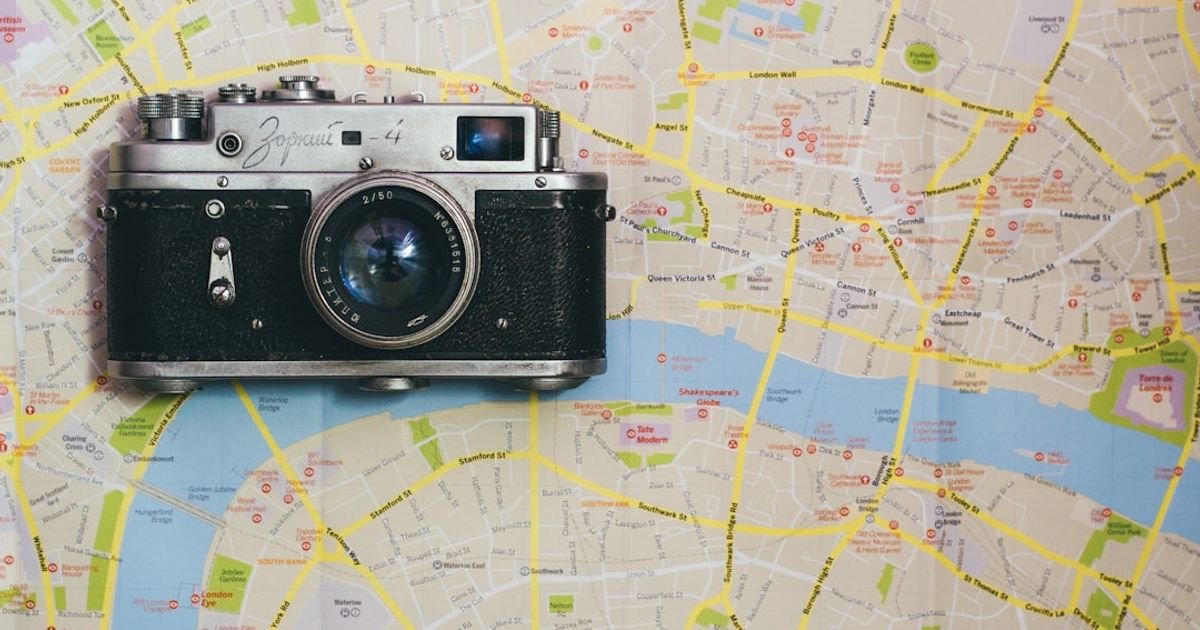The ultimate guide to ai prompts for image generation tools. Learn to craft perfect prompts for stunning AI art. Unlock the secrets of keywords, styles, and parameters for consistent, high-quality results.
Contents
- 1 📘 The ultimate guide to ai prompts for image generation tools Overview
- 2 How AI Image Generators Work: A Simplified Explanation
- 2.1 Module 2: Mastering the Prompt Structure
- 2.2 Module 3: Controlling Image Composition and Aesthetics
- 2.3 Module 4: Advanced Prompting Techniques
- 2.4 Module 5: Optimizing Prompts for Specific AI Models
- 2.5 Module 6: Common Prompting Mistakes to Avoid
- 2.6 Module 7: Creative Applications of AI Image Generation
- 2.7 Module 8: Ethical Considerations and Best Practices
- 3 ✨ Smart Learning Features
📘 The ultimate guide to ai prompts for image generation tools Overview
Course Type: Video & text course
Module 1: Understanding AI Image Generation
1.1 How AI Image Generators Work
How AI Image Generators Work: A Simplified Explanation
AI image generators, like DALL-E 2, Midjourney, and Stable Diffusion, use a combination of deep learning techniques, primarily diffusion models and text-to-image models, to create images from text prompts. Here’s a breakdown:
1. Training Phase: Learning the World
- The AI is first trained on a massive dataset of images and their corresponding text descriptions. Think billions of images labeled with what they contain (e.g., “a cat sitting on a mat,” “a mountain range at sunset”).
- During training, the AI learns to associate words and phrases with visual features, patterns, and styles present in the images. It essentially builds a massive “visual vocabulary.”
2. Diffusion Models: From Noise to Image
- Diffusion models are at the core of most modern image generators. They work in two stages:
- Forward Diffusion (Adding Noise): An image is progressively corrupted with random noise until it becomes pure static, like a TV showing nothing but fuzz.
- Reverse Diffusion (Removing Noise): The AI learns to reverse this process. Starting from pure noise, it iteratively removes the noise, guided by the training data and crucially, the text prompt, to gradually reveal a coherent image.
3. Text-to-Image Models: Connecting Words and Visuals
- The text prompt you provide is processed by a language model (similar to the one used in ChatGPT) to understand its meaning and extract key features. For example, if you type “a photorealistic orange tabby cat wearing a top hat,” the model understands the concepts of “cat,” “orange tabby,” “top hat,” and “photorealistic.”
- This understanding is then fed into the diffusion model, telling it what kind of image to generate. The diffusion model uses this information to guide the denoising process. It biases the removal of noise in a way that gradually reveals the features described in the text prompt.
4. Iterative Refinement:
- The image generation process is not a one-shot deal. It’s an iterative process of refining the image through multiple denoising steps.
- Each step refines the image, adding more detail and bringing it closer to the desired outcome based on the text prompt.
Example:
Let’s say you prompt the AI with: “A futuristic cityscape with flying cars and neon lights, in the style of cyberpunk.”
- Text Processing: The AI analyzes the prompt, identifying key concepts: “futuristic cityscape,” “flying cars,” “neon lights,” “cyberpunk.”
- Noise Generation: The diffusion model starts with a completely random noise image.
- Denoising with Guidance: The AI iteratively removes noise, guided by the prompt. It biases the denoising process to create visual elements associated with the identified concepts:
- “Futuristic cityscape” leads to the formation of tall, futuristic buildings.
- “Flying cars” result in vehicles appearing to float in the air.
- “Neon lights” cause the addition of bright, colorful light sources.
- “Cyberpunk” influences the overall aesthetic, adding elements like grime, tech wires, and a dystopian feel.
- Final Image: After many iterations, the process produces a final image of a futuristic cityscape with flying cars and neon lights, adhering to the cyberpunk style.
In summary, AI image generators learn relationships between text and images, then leverage diffusion models to create new images from noise, guided by user-provided text prompts.
1.2 Common AI Image Generation Models (e.g., DALL-E, Midjourney, Stable Diffusion)
1.3 Prompt Engineering Fundamentals
Module 2: Mastering the Prompt Structure
2.1 Subject and Action
2.2 Adding Descriptive Details (Adjectives, Adverbs)
2.3 Specifying Art Styles and Influences
2.4 Utilizing Keywords and Negative Prompts
Module 3: Controlling Image Composition and Aesthetics
3.1 Aspect Ratio and Resolution
3.2 Camera Angle and Perspective
3.3 Lighting and Color Palette
3.4 Depth of Field and Focus
Module 4: Advanced Prompting Techniques
4.1 Using Iterative Prompting
4.2 Combining Prompts for Complex Scenes
4.3 Leveraging Seed Numbers for Consistency
4.4 Exploring Prompt Variations
Module 5: Optimizing Prompts for Specific AI Models
5.1 DALL-E 2 Prompting Best Practices
5.2 Midjourney Prompting Best Practices
5.3 Stable Diffusion Prompting Best Practices
5.4 Adapting Prompts to Model Strengths and Weaknesses
Module 6: Common Prompting Mistakes to Avoid
6.1 Vagueness and Ambiguity
6.2 Overly Complex Prompts
6.3 Ignoring Model-Specific Limitations
6.4 Not Using Negative Prompts Effectively
Module 7: Creative Applications of AI Image Generation
7.1 Generating Unique Artworks
7.2 Creating Concept Art and Storyboards
7.3 Designing Visual Assets for Marketing
7.4 Exploring Surreal and Abstract Imagery
Module 8: Ethical Considerations and Best Practices
8.1 Avoiding Bias and Stereotypes
8.2 Respecting Copyright and Intellectual Property
8.3 Understanding the Limitations of AI
8.4 Using AI Responsibly and Ethically
✨ Smart Learning Features
- 📝 Notes – Save and organize your personal study notes inside the course.
- 🤖 AI Teacher Chat – Get instant answers, explanations, and study help 24/7.
- 🎯 Progress Tracking – Monitor your learning journey step by step.
- 🏆 Certificate – Earn certification after successful completion.
📚 Want the complete structured version of The ultimate guide to ai prompts for image generation tools with AI-powered features?

